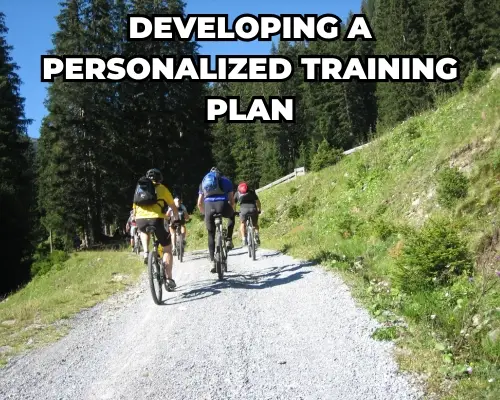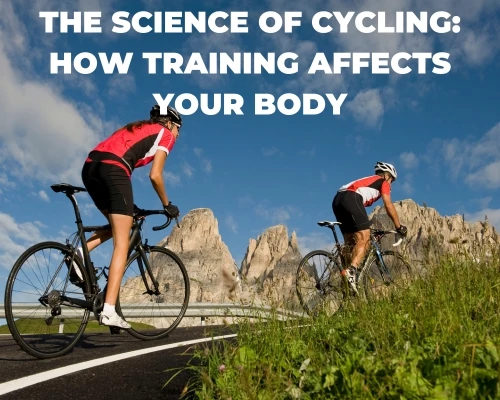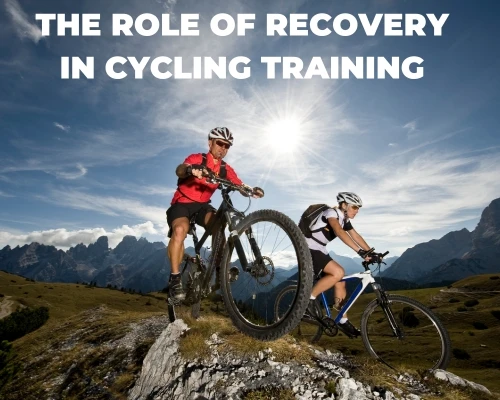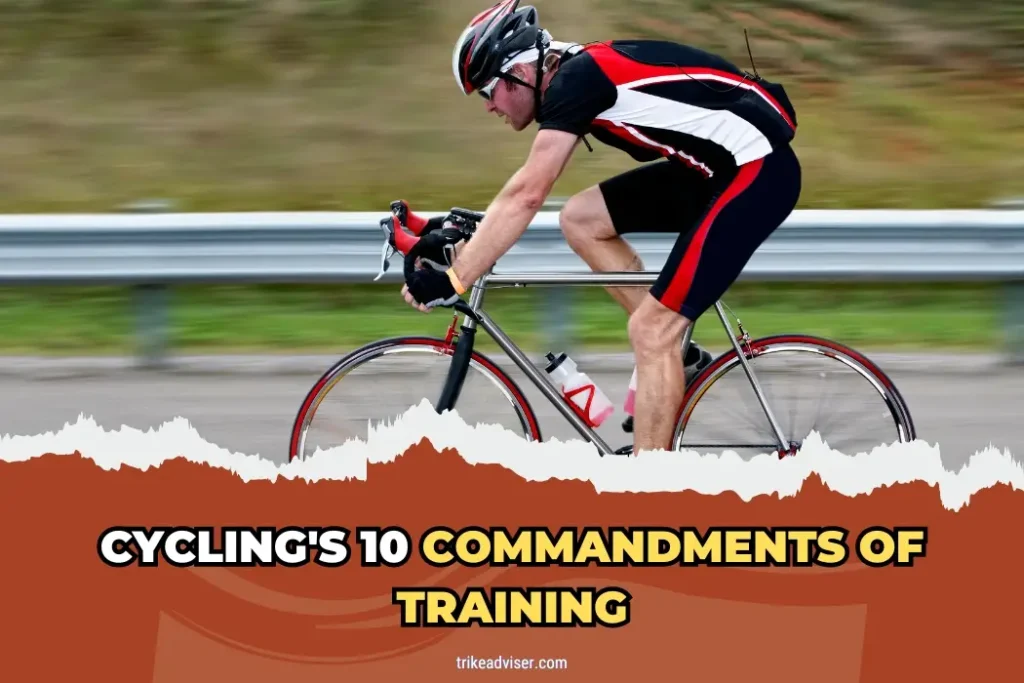Many riders think mastering cycling training is a complex science. It’s not. You’re often told it’s all about big miles and bigger gears. Yet, it boils down to simpler, clearer rules. Feel overwhelmed by training plans? Confused by conflicting advice? You’re not alone.
Here’s a way to cut through the noise. Ask yourself two key questions: Do my legs scream for mercy on long rides? (In other words, do I struggle with endurance?) Do I gasp for air on every hill, however small?
If you nodded to either, stick around. You need the 10 Commandments of Training. They turn pain into progress, one pedal stroke at a time.
Cycling’s 10 Commandments of Training
Have a Plan
Develop a training plan that includes specific goals, workouts, and progression. Start with clear, achievable goals. Define what success looks like for each phase. Planning your route is like mapping your ride. You wouldn’t start without knowing your path, would you?
Be Prepared to Scrap the Plan
Be flexible and adaptable when unexpected circumstances arise. Weather changes. Life happens. The ability to pivot is crucial. Sometimes, the best rides are the ones you didn’t plan.
Ride at the Extremes
Train at both high and low intensities to improve endurance and speed. Balance is key. Mix quick, intense sprints with long, slow distances. This variety trains different muscle fibers and boosts overall performance.
Be True to Thyself
Listen to your body and adjust your training accordingly. Only you know your true limits. Push them, but not too hard. Rest when needed. Overdoing it isn’t bravery; it’s a one-way ticket to Burnout City.
Do What Sucks
Embrace the discomfort of challenging workouts and intervals. Growth lives in discomfort. Those hills you dread? They’re the ones that make you stronger. Tackle them head-on.
Train Moderately
Avoid overtraining and allow your body to recover between workouts. More isn’t always better. High-quality, moderate training beats excessive mileage. Remember, recovery days aren’t lost days; they’re invested days.
Train Consistently
Establish a regular training schedule and stick to it. Consistency is the backbone of progress. Regular rides turn effort into habit, and habit into improvement. Don’t let the perfect be the enemy of the good.
Fuel Your Workouts Well
Eat a balanced diet that includes carbohydrates, proteins, and fats. Power your pedals with the right fuel. A mix of carbs for energy, proteins for muscle repair, and fats for endurance is essential. Don’t fuel up on empty—nutrition matters.
Use the Finger, and Save the Legs
Use your gears to maintain a high cadence and avoid unnecessary strain. Smart shifting saves your legs. Keep your cadence up and the pressure off. It’s not just about pushing harder, but smarter.
Maintain the Human Machine
Keep strengthening your core and other stabilizing muscles, and keep stretching to prevent injuries and improve flexibility. Your body is your most important gear. Strengthen the core, stretch for agility, and stabilize for balance. Tune it up as you would your bike.
Developing a Personalized Training Plan

Creating your own training roadmap? Sounds like a tough gig, right?
Setting Realistic Cycling Goals
Think SMART: Specific, Measurable, Achievable, Relevant, and Time-bound.
- Specific: Want to boost your speed? Aim for an extra mile per hour.
- Measurable: Track your rides. Are you hitting your targets?
- Achievable: Set goals that stretch you, but remain within reach.
- Relevant: Goals should align with your bigger cycling dreams.
- Time-bound: Set a date. Maybe three months for that speed boost?
Nailing these goals isn’t just nice. It’s necessary for real progress.
Structuring Your Weekly Training Schedule
Mix it up with endurance, intervals, and strength training. Here’s a snapshot:
- Monday: Start the week light. Take a rest day.
- Tuesday: Turn up the heat with some intervals.
- Wednesday: Mid-week endurance. Keep a steady pace.
- Thursday: Hit the gym. Focus on those legs and core.
- Friday: Wind down with an easy ride.
- Saturday: Go long. Extend those weekend rides gradually.
- Sunday: Maybe some yoga? Cross-train or keep it fun.
Stay flexible: Feeling off? Switch a hard ride for an easy one. Got extra zip? Maybe push a bit more on your long ride day.
Vary intensity: Challenge yourself, but wisely. Ramp up slowly to keep injuries at bay.
The Science of Cycling: How Training Affects Your Body

Seems simple, right? How cycling changes us might just surprise you.
Physiological Benefits of Regular Cycling
Regular rides? They’re your ticket to a new you.
- Boosted Stamina: Keep at it and watch your endurance soar.
- Muscle Efficiency: Over time, your muscles work smarter, not harder.
- Metabolic Enhancements: Burn more calories, even while chilling.
Just like that, your body learns to go farther, faster.
The Impact of Intensive Training on Muscle and Stamina
Ever tried sprinting? It’s a game-changer for your muscles.
- Enzyme Activity: Sprints crank up crucial muscle enzymes.
- Max Power and V-O2max: More power, better oxygen use? Yes, please.
- Interval Advice: Swap 15% of usual training for intervals. See magic happen.
It’s not just riding hard. It’s riding smart.
Tapering Tricks: Cut back pre-race but keep intensity. Result? Peak performance without the crash.
Strength Sessions: Hit the gym. Stronger legs push harder, making you a speedier cyclist.
The Role of Recovery in Cycling Training

Who knew sitting back could push you forward? Recovery is your secret weapon in cycling training.
Importance of Rest Days and Sleep
Taking it easy is sometimes the hardest part. But it’s crucial.
- Rest Days: These aren’t lazy days; they’re when your body knits itself stronger.
- Sleep: More than just rest, it’s repair time. Muscle tissues rebuild, energy stores refill.
Skipping on sleep? You might as well skip your next ride. Both are essential.
Recovery Techniques: From Stretching to Active Recovery
Stretching, rolling, wearing fancy gear—does it help? Absolutely.
- Stretching: Not just old school. It’s essential. Keep those muscles flexible and happy.
- Foam Rolling: It might hurt so good, but it irons out the kinks in your muscles.
- Compression Clothing: Squeeze into these to help squeeze out the muscle soreness faster.
Every move you make off the bike can impact your performance on it.
Active Recovery: Think it’s too easy? That’s the point.
- Easy Spinning: Light cycling gets the blood flowing, flushing out those soreness-causing demons.
- Walking: Even a stroll can kick-start muscle repair and prep you for your next hard ride.
Overcoming Common Training Challenges
Feels like you’re spinning your wheels? Here’s how to break through and keep improving.
Dealing with Plateaus in Progress
Feels like you’re stuck? It’s common. Time to shake things up.
- Change Your Routine: Introduce new workouts. Maybe swap endurance rides for some sprints.
- Increase Intensity: Add more challenging elements like hills or intervals.
- Try Cross-Training: Different sports can boost your cycling performance.
- New Goals or Coaching: Set fresh targets or get professional guidance.
Plateaus are just part of the journey. The key is to find new paths.
Strategies for Staying Motivated
Losing steam? Let’s rekindle that fire.
- Set Achievable Goals: Define what success looks like and go for it.
- Monitor Your Progress: Small improvements are the steps to big gains.
- Celebrate Small Victories: Every achievement, no matter the size, deserves recognition.
- Build a Support Network: Whether online or on the road, companions motivate.
- Vary Your Training: Keep it interesting with different types of rides.
- Focus on Fun: Enjoy each ride, regardless of its purpose.
- Visualize Achieving Goals: Imagine reaching your targets. Feel the success.
As an Amazon Associate, I earn from qualifying purchases, at no additional cost to you. Read Our Affiliate Disclosure.

